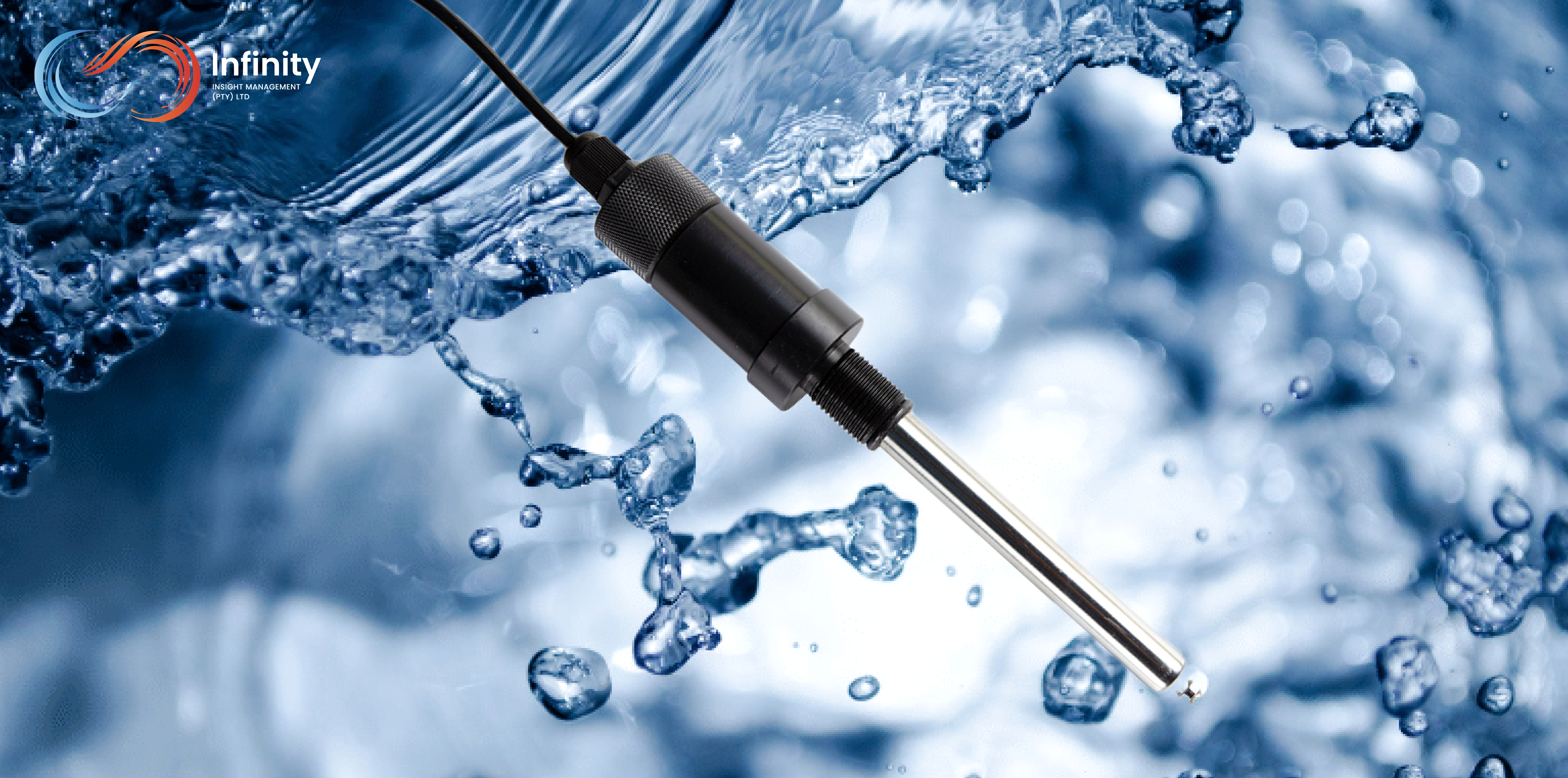Digital Chlorine Sensors for Water Quality Monitoring
⬅ Back to Posts
Clean and safe water is essential for public health, industrial processes, and environmental sustainability. Chlorine, widely used as a disinfectant, plays a critical role in maintaining water quality by eliminating harmful pathogens. Monitoring chlorine levels accurately is crucial to ensure water safety while avoiding overuse, which can be harmful. This is where digital chlorine sensors come into play.
In this blog post, we’ll explore what digital chlorine sensors are, how they work, their advantages, and their applications in water quality monitoring.
What is a Digital Chlorine Sensor?
A digital chlorine sensor is a device designed to measure the concentration of chlorine in water in real-time. Chlorine is typically present in two forms in water systems:
- Free Chlorine: The active disinfectant, which includes hypochlorous acid (HOCl) and hypochlorite ion (OCl⁻).
- Total Chlorine: The sum of free chlorine and combined chlorine, which includes chloramines.
Digital chlorine sensors provide precise and continuous monitoring, ensuring that water systems remain within safe and effective chlorine concentration ranges.
How Do They Work?
Digital chlorine sensors use electrochemical or optical methods to measure chlorine concentration. Here’s an overview of these methods:
- Electrochemical Sensors:
- These sensors operate based on the principle of oxidation and reduction reactions.
- A sample of water passes through the sensor, where a membrane selectively allows chlorine to interact with electrodes.
- The sensor generates an electrical current proportional to the chlorine concentration.
- Modern digital sensors convert this current into digital signals for easy integration and interpretation.
- Optical Sensors:
- These sensors use light-based technology, often involving spectrophotometry, to detect chlorine levels.
- Light passes through the water sample, and the sensor analyzes how chlorine absorbs or scatters the light to determine its concentration.
Both methods provide accurate readings and are suitable for different applications, depending on the water conditions and required sensitivity.
Advantages
Digital chlorine sensors offer several benefits over traditional methods of chlorine measurement:
- High Accuracy: These sensors deliver precise and reliable measurements, reducing errors commonly associated with manual testing methods.
- Real-Time Monitoring: Digital sensors provide continuous, real-time data, ensuring immediate detection of chlorine level fluctuations.
- Ease of Integration: Most digital sensors are compatible with modern monitoring systems, including SCADA and IoT platforms, for centralized data management and remote monitoring.
- Reduced Maintenance: Advanced designs minimize the need for frequent calibration and maintenance, reducing downtime and operational costs.
- Compact and Durable Design: Digital chlorine sensors are designed to withstand harsh environmental conditions, making them ideal for use in industrial and municipal water systems.
- Data Logging: Many digital chlorine sensors come with data logging capabilities, enabling trend analysis and regulatory compliance reporting.
Applications
Digital chlorine sensors are versatile and find applications in various sectors:
- Municipal Water Treatment:
- Ensuring that drinking water meets safety standards by maintaining proper chlorine levels.
- Monitoring chlorine residuals in distribution systems.
- Industrial Water Systems:
- Used in cooling towers, boilers, and other industrial processes to maintain water quality and prevent scaling or corrosion.
- Swimming Pools and Spas:
- Maintaining optimal chlorine levels to ensure water is safe for recreational use without overchlorination.
- Wastewater Treatment:
- Monitoring chlorine levels in treated effluents to ensure compliance with environmental regulations.
- Food and Beverage Industry:
- Ensuring water used in production processes is free of contaminants while meeting regulatory standards.
- Environmental Monitoring:
- Assessing the impact of chlorine on natural water bodies to protect aquatic ecosystems.
Choosing the Right Digital Chlorine Sensor
Selecting the right digital chlorine sensor depends on various factors, including:
- Type of Chlorine to Measure: Determine whether you need to measure free, total, or combined chlorine.
- Measurement Range: Choose a sensor that can handle the expected concentration levels in your application.
- Water Conditions: Consider factors like temperature, pH, and pressure, which can influence sensor performance.
- Integration Requirements: Ensure compatibility with your existing monitoring and control systems.
Digital chlorine sensors are essential tools for efficient and accurate water quality monitoring. Their real-time capabilities, ease of integration, and reliability make them indispensable in a wide range of applications, from municipal water treatment to industrial processes. By investing in a high-quality digital chlorine sensor, you can ensure the safety, compliance, and efficiency of your water systems.
If you’re looking to implement a digital chlorine sensor in your operations, contact us today to choose the right solution for your specific needs. Accurate water quality monitoring starts with the right tools!
